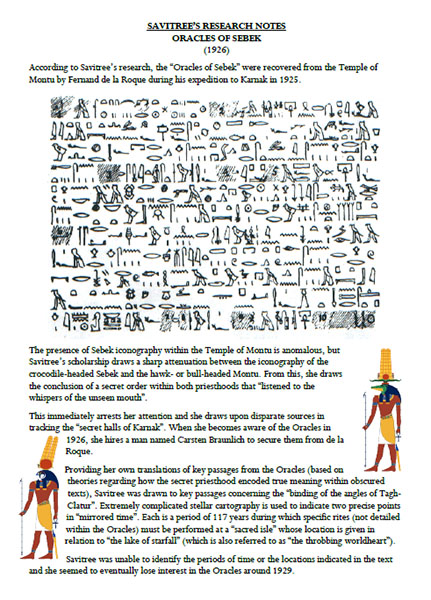Go to Eternal Lies: The Alexandrian Remix

Campaign Scenario – Diorama – Props Packet – Map
Now we come to one of the two completely new locales that I introduced to the campaign. The Severn Valley is 60 pages, 40+ props, and 20,000 words. It’s also robust enough that you could easily run it as an independent scenario (and I’ve included notes for doing so below).
The origin of the Severn Valley scenario was relatively straightforward: Eternal Lies incorporates a lot of elements from Ramsey Campbell’s stories of the Mythos. I was not previously familiar with Campbell’s fiction and so, as part of my preparation for the campaign, I began reading through all of his Severn Valley stories. Then, as I described over here, I decided to create a list of expeditions for Savitree Sirikhan’s exploration team. I thought it would be a nice tip of the hat for one of those locations to be the Severn Valley, and I included an oblique reference to the Severn Valley reference in the props I designed for The Obelisk of Axum.
I was not anticipating that my original group of PCs would immediately seize on that oblique reference and decide that their next stop should be the Severn Valley itself.
My initial intention with the scenario was to do something relatively simple and straightforward. I decided that visiting the meteoric lake from Campbell’s “The Inhabitant of the Lake” was a good bet: The PCs might be able to have a brief encounter with Glaaki, which would give them some visceral reference for the “Prisoner of Glaaki” references sprinkled through the rest of the campaign. The lake had no name in Campbell’s original story, so I decided to call it Deepfall Lake and started work. (Ironically, I would discover that Campbell had later named the lake Deepfall Waters in The Last Revelation of Glaaki.)
But as I worked at unraveling the enigma of Deepfall Lake, I found that what I had initially taken to be a relatively isolated location was, in fact, all tangled up with the rest of Campbell’s Mythos. And all of it began looping back through the Revelations of Glaaki. My Severn Valley scenario became one of those creative endeavors which take on a life of its own.
INTEGRATING THE NEW LOCALES
Both The Obelisk of Axum and Severn Valley were specifically designed for use in my campaign. In terms of adapting the specific material to your own campaigns, the most notable factor to take into consideration will be the dates involved with the activities of the Emporium of Bangkok Antiquities.
Integrating the locales into the general flow of your campaign requires a bit more finesse, however. These two locales are designed to provide the current expeditions being pursued by the Emporium of Bangkok Antiquities. (By providing a sense of activity on the part of the cultists, you’ll create a sense of urgency in the PCs. Like the floating scenes, it also makes the campaign world feel more alive and active, instead of entirely passive.) Because the PCs can visit the locations in almost any order (the exception being that there’s no practical way for them to go to the Severn Valley without visiting either Axum or Bangkok first), however, it can be a little difficult to manage all the moving parts.
In general, there are four possibilities:
BANGKOK FIRST: If the PCs go to Bangkok first, then I recommend having a current expedition at the Obelisk of Axum. In this scenario, include Fauche’s Axum Telegram (modifying it to have a recent date) with the notes on the Obelisk of Axum. If the PCs go to Axum next, they’ll find the EBA there. If they skip ahead to Severn Valley, I’d recommend having them discover that the EBA left Axum shortly after Fauche’s telegram and that they’ve already reached Severn Valley. (When they double back to Axum, you’ll need to make a few modifications to the material, but it will require significantly less work than modifying the Severn Valley material to a pre-EBA state.)
AXUM FIRST, THEN BANGKOK: Include Husain’s Site Report and Fauche’s Second Axum Telegram with the Obelisk of Axum notes. The PCs can visit Severn Valley at any point after Bangkok with little or no change to the material.
AXUM FIRST, THEN SEVERN VALLEY: When the PCs get to Bangkok, include all of the above props plus Soliman’s Letter from Severn and Survivors’ Telegram to Daniel Lowman.
AXUM FIRST, AND THE PCs KILL THE EBA: The easier option is to have Savitree hire a new team and quickly dispatch them to continue her research. (She’s increasingly desperate to figure this out, remember. She’s also well connected, so some quick telegrams to London’s archaeology community might allow her to quickly get a team on the ground.) The more complicated option is to heavily modify Severn Valley. The potentially crazy (but potentially totally awesome) option is to heavily modify Severn Valley and have Savitree try to hire them to explore it for her. (“We both want the same thing: We’re both scared of what this Great Entity can do. We both want to know how to control it. How to limit its influence. How to free ourselves from it.”)
In my campaign, the PCs went to Axum first, finished their business in Ethiopia while the EBA went to the Severn Valley, and then followed them there. The timelines in the Severn Valley scenario reflect that. If the PCs are hot on their heels, the EBA will move rapidly in the Severn Valley: They’ll get to their expedition sites faster and cut more corners while investigating. They’ll hire thugs and assassins to delay or simply murder the PCs. (One particularly good set of timing, however, would be for the PCs to catch up with them at Deepfall Lake just as Glaaki is attacking them.)
AFTER SEVERN VALLEY: After Soliman’s “death” in the Severn Valley, the Emporium members will be beached in Bangkok for a time. If the PCs haven’t gone there yet, you can have them complicate the situation in Bangkok. If the PCs have already wrecked Bangkok, it’s possible that Fauche might try to pick up the pieces. Or they might ally with other cult leaders. Or they might organize efforts to seek revenge (or simply regain any research material the PCs stole from Savitree).
Savitree’s Research Notes do include details for a future expedition to the Great Sandy Desert in 1935. This is a reference to Lovecraft’s “The Shadow Out of Time”, but my intention is that the Emporium of Bangkok Antiquities DON’T end up going on that expedition. (The negotiations fall through.) But if you wanted to run a Trials and Tribble-lations style adventure where the PCs and the EBA are running around in the background of “The Shadow Out of Time”, I say more power to you. You could use that as an opportunity to reveal the meteor-cities of the Yithians. The connection of those meteor-cities to Glaaki could be another method for pointing the PCs towards the Severn Valley if they haven’t already visited. (The meteor-cities are explained here in my notes for the Severn Valley scenario.)
THE MYTHOS OF THE SEVERN VALLEY
Most of Campbell’s Severn Valley stories are set during the ’50s, ’60s, and early ’70s (when they were written). With the campaign set in the 1930s, I seized the opportunity to create a dynamic prequel to Campbell’s stories: Not only will players familiar with Severn Valley have a chance to spot familiar sites, I’ve also structured the scenario so that the probable outcome is for the PCs to set up the circumstances which give rise to Campbell’s stories. Conversely, if your players aren’t familiar with Campbell’s stories they should get an extra thrill from reading them after the campaign is finished. If you’re interested in reading the specific stories which make up the fabric of the scenario, they are:
- “The Inhabitant of the Lake”
- “The Church in High Street”
- “The Stone on the Island”
- “Cold Print”
There are also references to “The Room in the Castle”, “The Render in Veils”, “The Plain of Sound”, and The Last Revelation of Glaaki. You can get all of the short stories in a single volume by tracking down a copy of the 1993 expanded edition of the Cold Print collection.
While I have done my best to scrupulously adhere to Campbell’s continuity, however, I have also taken the opportunity to vastly expand the Severn Valley Mythos.
THE DOUBLING OF TIME: At the core of my conception of Severn Valley is the doubling of time and place. Glaaki, riding within a meteor, arrives on Earth in 1787. His cultists perform a ritual using the reversed angles of Tagh-Clatur which rewrite history and warps space in the Vale of Berkeley. This means, first, that Glaaki’s meteor has always rested in the Vale of Berkeley, so that his influence on the world now stretches back to prehistory. And, second, the “weight” of the angles invoked actually increases the size of the local terrain: The city of Brichester now exists in the Severn Valley.
See, Campbell’s city of Brichester is fictional. And what I discovered when I tried to create a map of the region is that not only does the city not exist, there isn’t enough room for it to exist: It’s supposed to lie between the River Severn and the A38 north of Berkeley. But that span of land is only 4 miles across. It would be difficult to squeeze the metropolis of Brichester into that area all by itself, but it’s supposed to be surrounded by areas of wilderness that takes hours to walk across. So in order to create a map of the fictional Severn Valley, I would need to actually expand the size of the region.
 And then I thought about how utterly terrifying it would be if that had actually happened and only a few people knew about it. (And, of course, you would consider those people insane. It would be like someone trying to claim that Chicago, IL wasn’t supposed to exist.)
And then I thought about how utterly terrifying it would be if that had actually happened and only a few people knew about it. (And, of course, you would consider those people insane. It would be like someone trying to claim that Chicago, IL wasn’t supposed to exist.)
Figuring out how Glaaki had managed to make this happen, I ended up linking the Isle Beyond Severnford (from “The Stone on the Island”) directly into the Glaaki mythos.
THE TRUE IDENTITY OF THE TOMB-HERD: Another conundrum I struggled with while unraveling Campbell’s Mythos was the identity of the tomb-herd. They’re referenced as either working for or allied with Glaaki in “The Inhabitant of the Lake”, but they receive a full description in “The Church on High Street” (which has also appeared under the title “The Tomb Herds”) with a mythology that doesn’t quite square with the later reference.
One possibility is that there are multiple tomb-herds, but I found a different way of squaring the circle by, first, entertwining the history of Glaaki’s cult and the Church in High Street and then postulating that the tomb-herd are, in fact, the next stage of development for the glakeen. I don’t know if Campbell would approve (although I do take some comfort from the amorphous transformations of The Last Revelation of Glaaki), but I hope you find the results compelling and terrifying.
LINKING ETERNAL LIES: The other thing I wanted to do, of course, was to tie Severn Valley to the Eternal Lies campaign. I did that through the character of Tricia Piper. In “Cold Print”, Ramsey Campbell establishes that an additional volume of the Revelations of Glaaki, steeped in lore concerning Y’Golonac, was written by an inmate at the Mercy Hill Asylum. I decided that the process of writing this volume started in 1924 and it was a direct result of the ritual that was performed by Echavarria in Los Angeles.
I don’t know if you’ll share the same thrill of excitement that gives me: But the idea of players being able to link the exploits of their characters into a wider world in subtle and insidious ways just seems to invest such a unique depth of meaning above and beyond all the normal ways in which a campaign can deliver meaning.
UNTANGLING THE REVELATIONS OF GLAAKI
There are a number of reference sheets throughout the Severn Valley scenario to help you keep track of the complicated and overlapping continuities and mythologies. There were times when it felt like I was sweating blood to pull those coherent references together, and this was never more true than with the six page reference sheet for the Revelations of Glaaki you’ll find at the end of the scenario.
This final reference sheet is less organized and condensed than the others. Its function is, instead, to contain every scrap of information I’ve dredged up about the Revelations from Campbell’s work (and others of note). As with the other aspects of the scenario, I have expanded upon the known body of lore concerning the Revelations of Glaaki for my remix, but I wanted a solid body of reference to build from. And because the Revelations are, in many ways, the central pivot on which the mythology of Eternal Lies turns, I suspect you may find it useful, too. (Or, at the very least, of interest.)
PROP NOTES
Alan Thorpe’s Notes: The front and back cover of Alan Thorpe’s Notes are designed to be printed out on cardstock (I used matte photo paper) and taped together to form a folder that you can then slide the actual Notes into.
Birch Sculptures: It doesn’t matter which picture goes with which Birch sculpture they discover. The visual references are atmospheric in nature. (These sculptures are, in fact, the work of Cris Agterberg, who is name-dropped in the scenario as supposedly taking influence from the completely fictional Birch.)
Faces of the Violet Cube: If you wanted to cut the cube out and tape it into an actual cube, I’m betting that would be pretty awesome.
Husain Soliman’s Notes: The conceit I’m shooting for here is that the notes are made in a little notebook. You could copy them out by hand if you’ve got an appropriate notebook. What I did was to print these out, cut the sheets down, and staple them together to form a little pseudo-notebook. (If you wanted to put a hole through them and stain them as if Glaaki’s spine had speared straight through the notes and into Soliman’s chest cavity, more power to you.)
Journal of Thomas Cavanaugh: These are designed to be printed as a booklet. The cover is presented in a separate file (I printed it on matte photo paper to give a nice, sturdy cover).
Photo of Grotesque Statue: You can actually buy this statue as a resin kit for $40 CAD if you want a really awesome, physical prop to drop on the table and freak your players out.
Revelation of the Herd: This is sized to be printed on a very nice piece of stationary paper that I happen to own which looks like the sort of thing you’d find in a 1930s hotel. (Which is, in fact, where it ended up being written in my campaign.) Note that the handwriting actually DOES match the handwritten Revelations of Glaaki excerpts.
USING SEVERN VALLEY AS AN INDEPENDENT SCENARIO
The core of this scenario is that the PCs are coming to the Severn Valley on the trail of a group of archaeologists from the Emporium of Bangkok Antiquities. It’s relatively easy to use the Emporium while severing its connection to Savitree Sirikhan and the Eternal Lies campaign. (Alternatively, you could actually use Severn Valley as an alternative way of kicking off an Eternal Lies campaign, although you’d want to add more clues that would allow PCs to track the Emporium back to Bangkok.)
The reason for the PCs’ pursuit of the Emporium might be professional (the Armitage Inquiry is interested in consulting the group or putting them on retainer), hostile (Project Covenant has identified the group as a potential security threat), or concerned (the PCs are also associates of the Emporium who have come to find out why their colleagues have stopped reporting back).
EXPANDING THE SEVERN VALLEY: Another option would be to expand Severn Valley to include more of Campbell’s stories. The setting practically screams for being turned into a full-throttled sandbox focused around the local Mythos forces drawn to the region by Glaaki’s presence (like the Mi-Go and the cultists of Goatswood), with telltale traces throughout the region gradually pointing the PCs towards the terrible truths of the Valley’s true history. (Basically, a big orgy of the Campbellian Mythos focused through the lens of Glaaki.)
For a sandbox campaign, there are a number of ways that the PCs could be drawn into the Valley for the first time:
- The Brichester Scholars, based out of Brichester University, would be a relatively standard “scholars vs. the Mythos” set-up.
- The Winchester Group, an SIS workgroup tasked with the unwise mission of discovering how Mythos technology could be exploited in the inevitable war against fascism, would probably result in the campaign looking a lot more like Raid on Innsmouth than Shadows Over Innsmouth.
- The Summer Holiday structure would reframe the Severn Valley as a gothic romance: School chums come to spend their holiday in the Valley, only to be drawn into its horrors.
- A special guest appearance by the Bookhounds of London (with their frame focused around the many volumes of the Revelations of Glaaki) would make a lot of sense.
- I’m also struck by the idea of a Children of the Blitz frame, featuring a Narnia-like premise with young children evacuated from London.
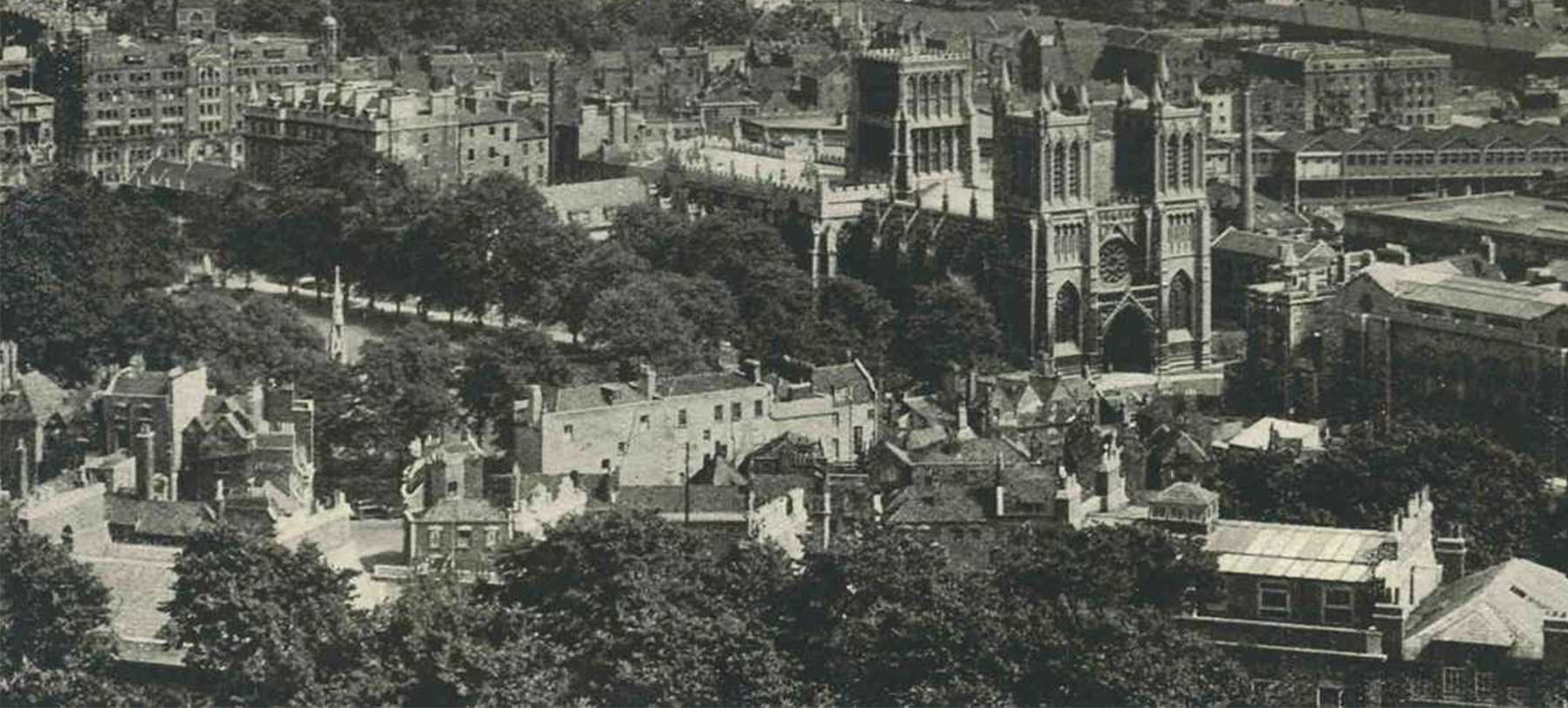
Go to 2.2 Ethiopia





 And then I thought about how utterly terrifying it would be if that had actually happened and only a few people knew about it. (And, of course, you would consider those people insane. It would be like someone trying to claim that Chicago, IL wasn’t supposed to exist.)
And then I thought about how utterly terrifying it would be if that had actually happened and only a few people knew about it. (And, of course, you would consider those people insane. It would be like someone trying to claim that Chicago, IL wasn’t supposed to exist.)
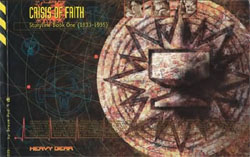
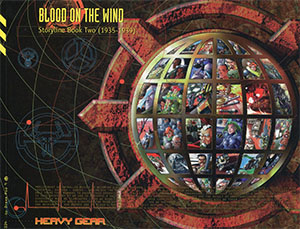
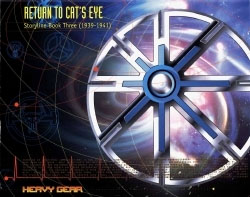
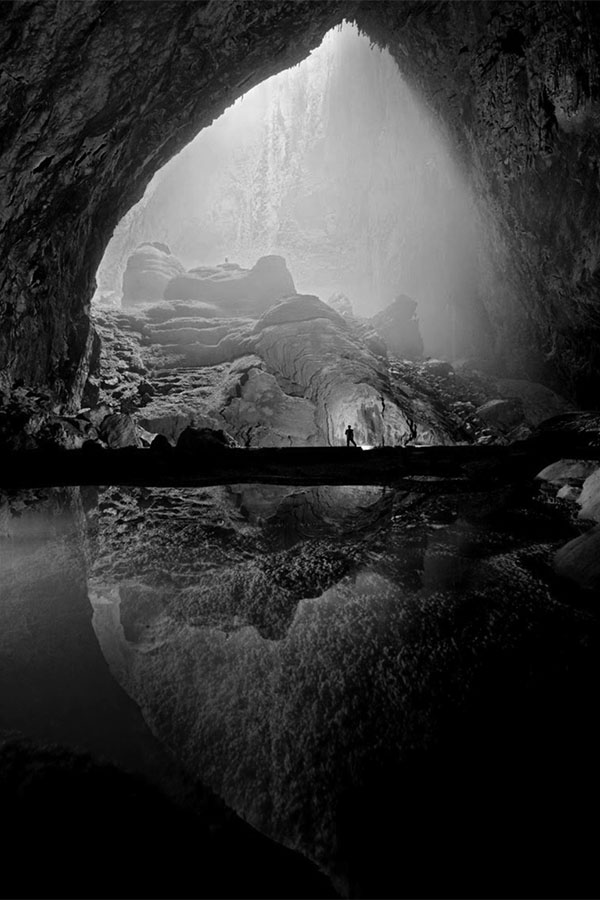 In my remix of
In my remix of 